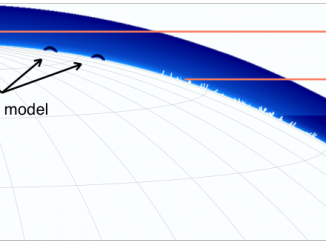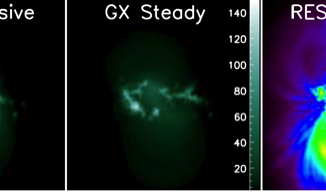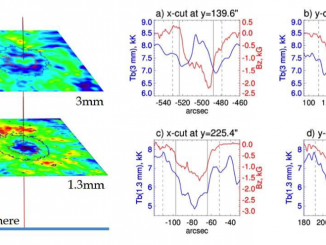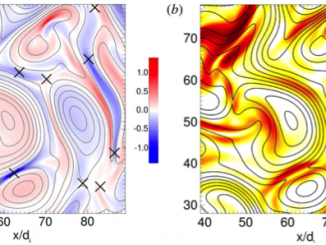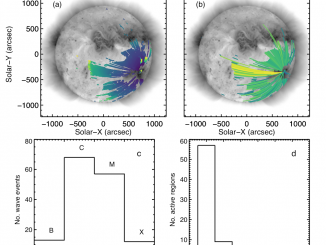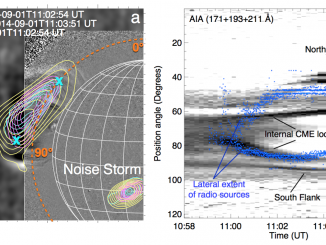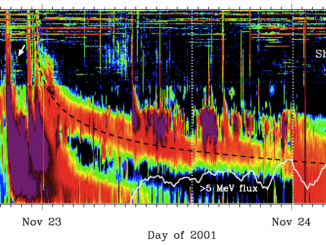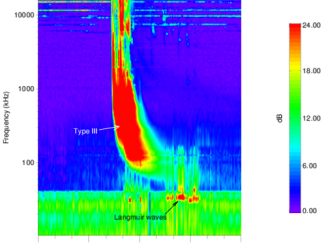Association of radio polar cap brightening with bright patches and coronal holes
by C. L. Selhorst et al.*
The purpose of this work is to model the emission of 17 GHz polar bright patches, which are frequently observed by the Nobeyama Radioheliograph (NoRH) in association with coronal holes. Although these bright regions have been observed for a few decades, their nature remains unclear. Our simulations were based on the temperature and density profiles from the SSC atmospheric model (Selhorst et al., 2005), with modifications to include a coronal […]

